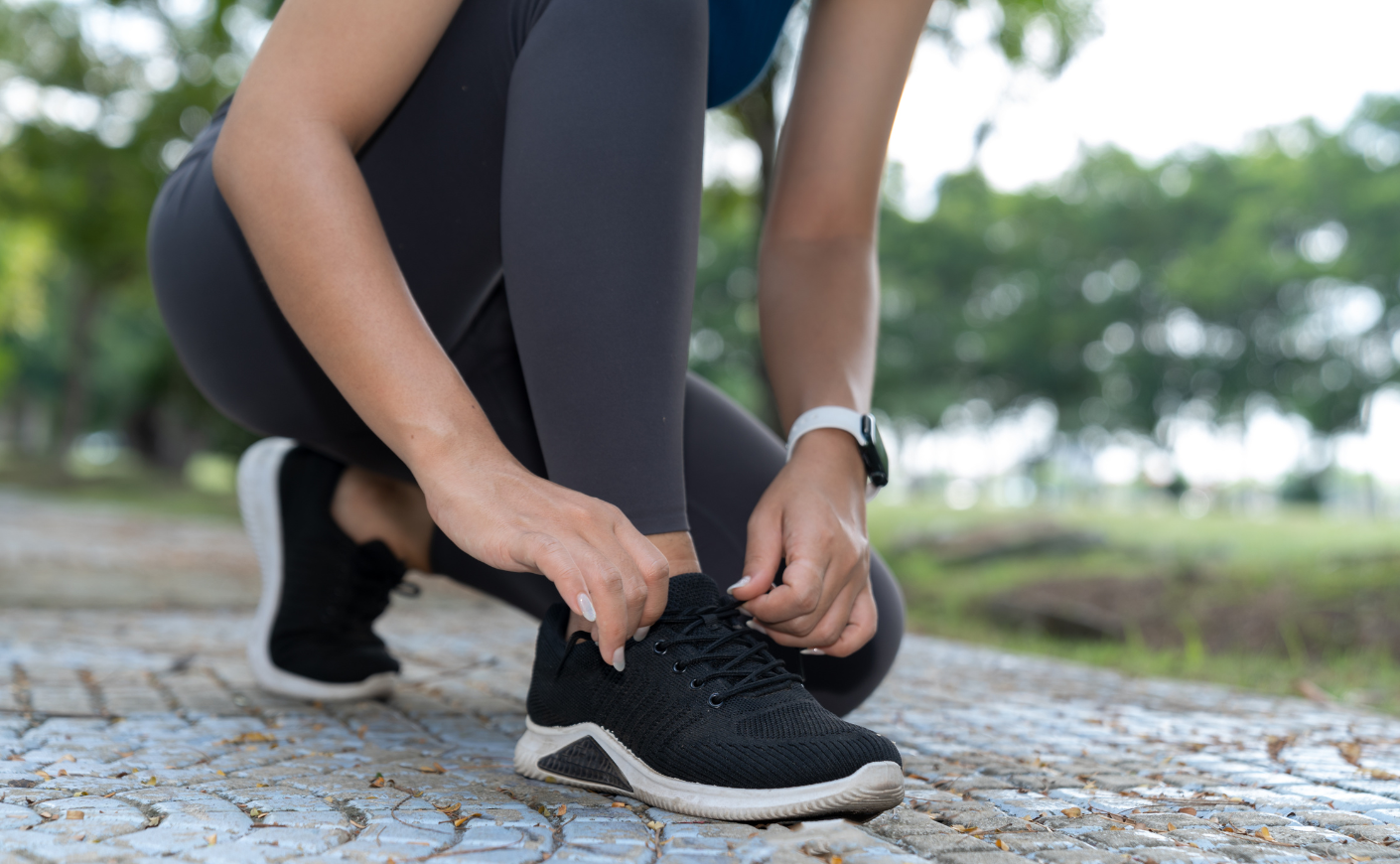Have you heard of Zone 2? The exercise concept is all over social media, promoted by longevity influencers, biohackers, and even some prominent experts as the key to living a longer, healthier life. They claim that the training regimen can help ward off chronic diseases and even boost levels of mitochondria, the so-called “powerhouse of the cell.”
So what is it? And how do you know if you’re in the zone? Here’s the scoop on the training regimen, the science supporting it, and whether it actually lives up to the hype.
What is Zone 2 cardio?
Zone 2 simply refers to a level of physical exertion. People who study exercise often categorize training into five levels: Zone 1 is something like a brisk walk, and Zone 5 is an all-out sprint.
Typically, these zones are measured according to how fast your heart’s beating. In Zone 1, you’re heart rate’s at 50 to 60 percent of your max, and in Zone 5, you’re pushing to 90 percent capacity. If you’re training in Zone 2, you should be at 60 to 70 percent of your maximum heart rate (which you can roughly estimate by subtracting your age from 220).
So what’s so special about Zone 2? The theory is that within Zone 1, you’re burning mostly fat, but you’re not pushing hard enough to see improvements in the mitochondria, which is associated with a wide range of benefits. If you kick it up a gear into Zone 2, you’re both burning fat and spurring the mitochondria to adapt, grow, and become more efficient. But if you push past this level, you hit what’s known as a “crossover point” where you begin to burn mostly carbohydrates and you start to accumulate lactic acid. That’s why Zone 2 is believed to be a sweet spot, as Iñigo San Millan, a professor at the University of Colorado School of Medicine, who helped popularize the concept, told the New York Times.
Dr. San Millan has helped train athletes, including three-time Tour de France winner Tadej Pogačar, and has noticed that when cyclists work out in Zone 2 they become significantly faster.
What are some of the benefits of Zone 2 cardio?
There’s some evidence that shows training in Zone 2 can help boost performance for endurance athletes like cyclists and marathon runners. Sport scientist Sebastian Sitko tells us that it can promote muscle capillarization — or the growth of small blood vessels in muscle tissue, which helps deliver more oxygen and nutrients — improvements in metabolic efficiency, and, as we mentioned earlier, mitochondrial function.
But Dr. San Millan and a growing group of others believe that this type of low and slow training isn’t just for elite athletes or even weekend warriors. Some research has linked mitochondrial dysfunction with conditions like type 2 diabetes and Alzheimer’s, so by conditioning these vital parts of the cell, you may prevent some of these chronic diseases.
However, as the Times notes, the science supporting this theory appears to be mixed. One recent review out of Norway and Denmark found that intense exercise had a more profound impact on mitochondrial function than lengthy workouts in Zone 2.
How do you know if you’re in Zone 2?
The heart rate calculation, which we mentioned earlier, is only a rough estimation. The only way to know for sure if you’re in the zone is by getting tested at an exercise physiology lab. There are dozens of fitness trackers out there that claim to measure Zone 2, but experts say they’re not very reliable.
You could also measure your lactate levels during a workout using a device that measures the substance in a drop of blood. If that feels a little over the top, the easy way to gauge it is by using the “talk test.” The intensity should be at a level where you feel like “you could keep going for hours while being able to talk simultaneously without difficulty,” Sitko says.









